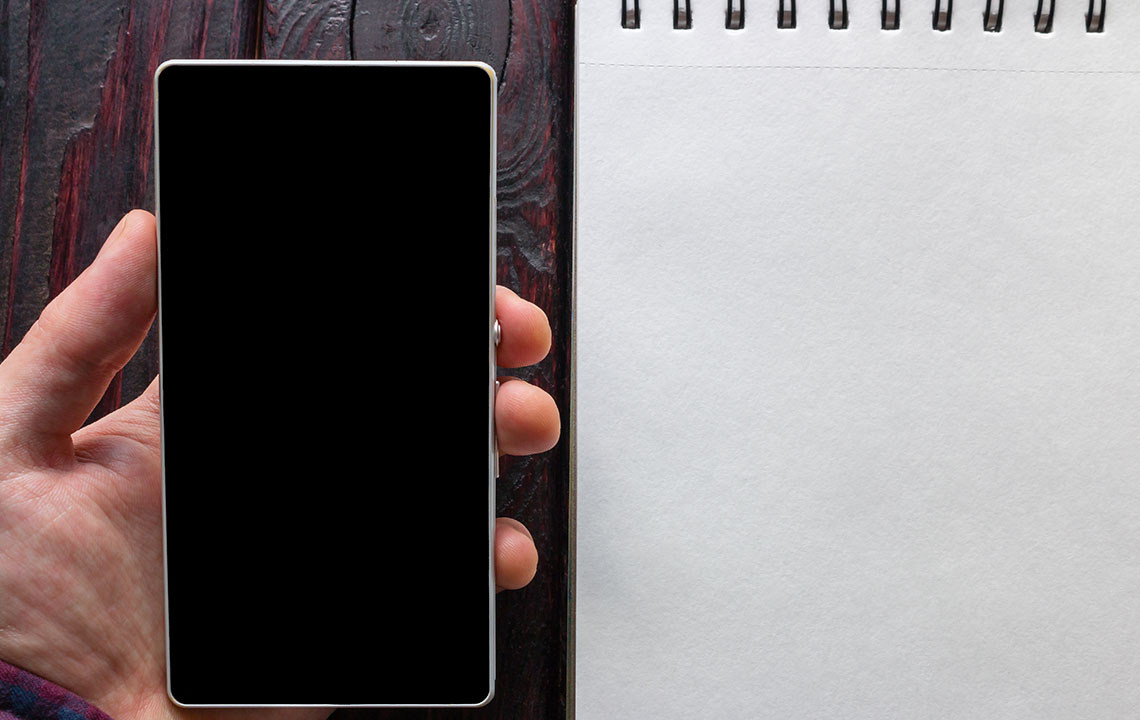Exploring Iconic Windows Mobile Phones: A Deep Dive into the Pioneers of Smartphone Innovation
Discover the legacy of iconic Windows mobile phones, including the Lumia 1020, HTC 8X, and Lumia 650. This comprehensive guide explores their features, historical significance, and why they remain relevant today. Whether you're a tech enthusiast or collector, learn about these pioneering devices that helped shape modern smartphones. Find out how Windows Phones blended productivity with entertainment, offering unique features that set them apart from competitors. This article also highlights the evolution of mobile photography, durability, and user experience in Windows mobile devices, making it an essential read for fans of mobile technology history.

Exploring Iconic Windows Mobile Phones: A Deep Dive into the Pioneers of Smartphone Innovation
Windows-based smartphones, though relatively modern in the grand timeline of mobile technology, have carved out a significant niche and left a lasting impact on the industry. These devices are not just phones; they are sophisticated mini computers designed to enhance productivity, entertainment, and photography in everyday life. Despite the decline of Windows Phone OS in recent years, the legacy of its most iconic devices remains influential, showcasing innovative features that set them apart from their competitors. For tech enthusiasts and mobile users alike, understanding the evolution of Windows smartphones offers valuable insights into the development of mobile computing technologies.
Windows smartphones have fundamentally changed how users interact with their devices. These gadgets serve multiple functions—users can check emails, engage in social networking, capture high-quality photos, and stream full-length movies—often all on a single device. The versatility of Windows mobile phones stems from their ability to double as portable workstations, making them essential for professionals and casual users who prioritize efficiency and connectivity. Their seamless integration with Windows PCs allows for continuous productivity, as data and tasks synchronize effortlessly across devices.
Are you curious about some of the most groundbreaking Windows mobile phones in history? Here, we explore several noteworthy models that exemplify innovation and style. Whether you’re a collector, a technology student, or simply a fan of classic devices, these phones showcase the evolution of mobile technology and the legacy of Windows Phones that many still admire today.
Nokia Lumia 1020
Released in 2013, the Lumia 1020 is often hailed as a benchmark in mobile photography. With its blend of Nokia’s renowned durability and smartphone innovation, the Lumia 1020 features a robust 32GB storage capacity and an outstanding 41-megapixel main camera equipped with PureView technology, which revolutionized mobile photography by providing DSLR-like image quality. The device boasts a 4.5-inch display with ClearBlack technology, offering vibrant colors and deep blacks, and is powered by a non-removable 2000mAh battery designed to last through extensive usage. Its distinctive yellow exterior gave it a unique aesthetic appeal, making it stand out among other smartphones of the era. For photography enthusiasts and tech collectors, the Lumia 1020 remains a highly sought-after device that exemplifies the capabilities of Windows Phone hardware during its peak.
HTC 8X
The HTC 8X marked HTC’s entrance into the Windows Phone arena in 2012. It was praised for its high-quality display and impressive specifications for its time. Equipped with a 4.3-inch high-resolution 720p display protected by Gorilla Glass 2, the HTC 8X was both stylish and durable. It came with 16GB of internal storage and 1GB of RAM, ensuring smooth multitasking and app management. Its 8-megapixel rear camera delivered excellent picture quality, and the device supported 1080p video streaming at 30 frames per second. The 1800mAh battery provided an impressive talk time of around 11 hours, performance comparable to modern standards and a testament to HTC’s engineering. This device showcased the blend of design sophistication and functional performance that Windows Phones aimed to deliver.
Lumia 650
Introduced in early 2016, the Lumia 650 was among the last smartphones released under the Lumia brand before Microsoft’s phasing out of Windows Phone hardware. Running on Windows 10 Mobile, it was built for both personal and professional use, featuring a sleek 5-inch display with a resolution suitable for everyday tasks. The device had a removable 1800mAh battery that offered up to 13 hours of talk time over 3G networks, making it a reliable choice for users on the go. Its integration with Cortana, Microsoft’s AI voice assistant, allowed for hands-free operation and personalized digital support. The Lumia 650's 8-megapixel rear camera and 5-megapixel front camera enabled users to take crisp photos and selfies. The device's smooth connectivity options, including 4G LTE, Wi-Fi, Bluetooth, and NFC, made it versatile for various applications, from business to leisure.
These models are not just relics of a bygone era but exemplify some of the best innovation Windows phones had to offer. Over the years, many upgraded options with newer features have been introduced, yet these iconic models remain relevant for their reliability and pioneering qualities. Whether you are a nostalgic admirer or a new user seeking a device with historical significance, exploring these phones can provide valuable insights into mobile technology’s evolution. If durability, camera technology, and seamless Windows integration appeal to you, these phones are still worth considering for their legacy and performance.





